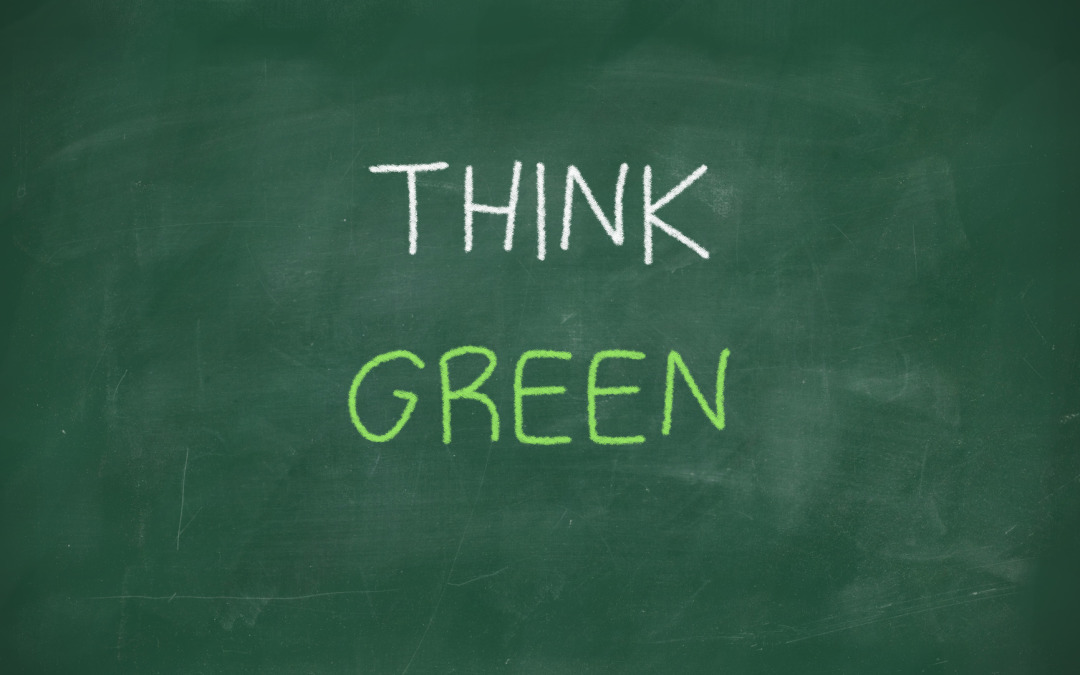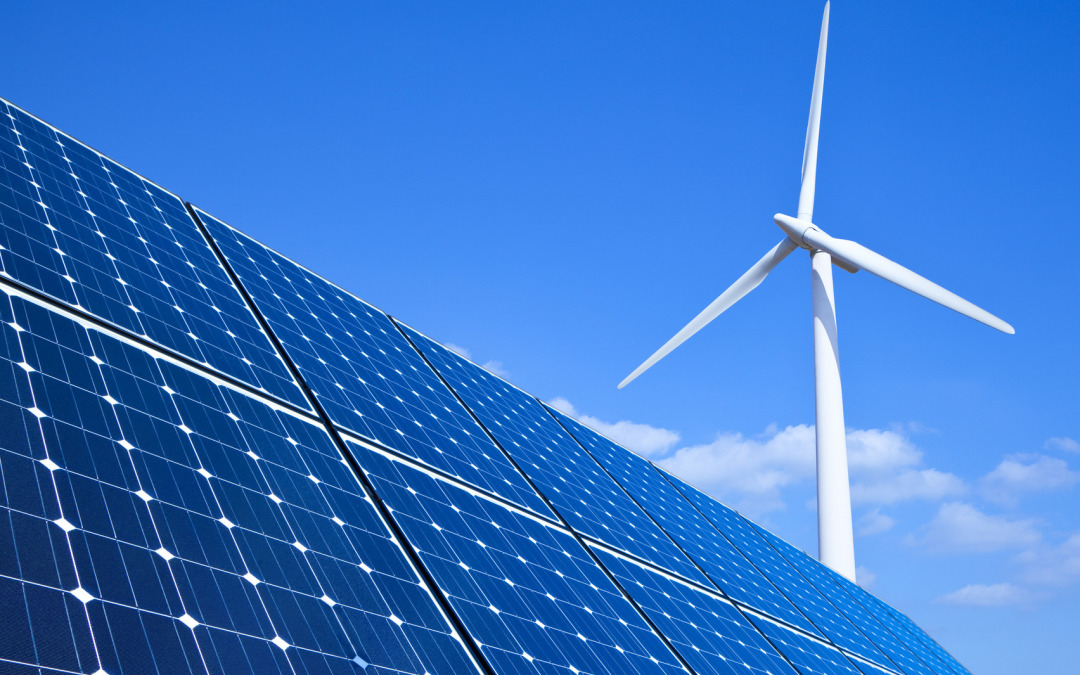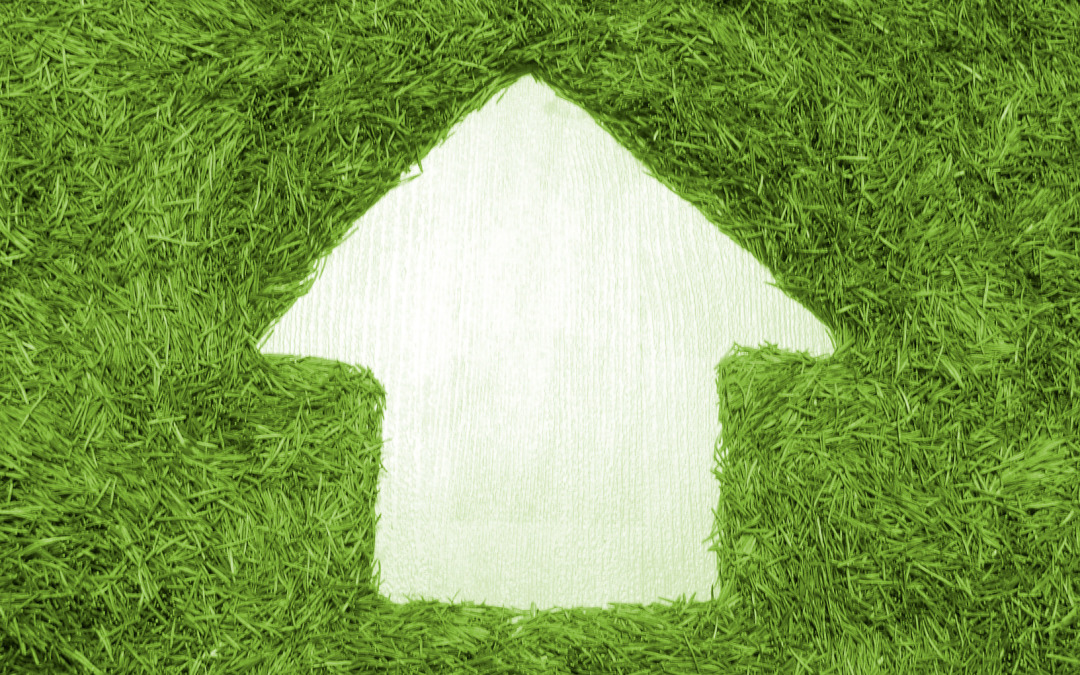1. Seal switches and outlets with insulating foam gaskets.
Believe it or not, your electrical wall outlets and switches are drafty: You lose plenty of indoor air through sockets and switches located on exterior walls of your house. But there’s an ultra-cheap fix for this: Pre-cut insulating foam gaskets sell for less than a buck, and installation is an easy DIY job — all you’ll need is a screwdriver.
Turn off the power to the socket or switch you’ll be working on, then remove the faceplate with the screwdriver. Place the gasket on the inside of the faceplate. Then screw the faceplate back into the socket and voila — energy savings are yours.
2. Trim grocery bills with a vegetable garden.
Vegetables grown in your own backyard are great for making delicious and healthy meals, but they’ll save money on your grocery bills, too. About $80 worth of seeds and soil will yield almost $250 worth of fresh produce. Tomatoes, cucumbers, green beans, and peppers are especially prolific, yielding plenty of veggies to keep you away from the produce aisle.
Heirloom tomatoes will save you $15-$23 per year over store-bought tomatoes, and the plants cost next to nothing, especially if you start from seeds indoors.
3. Seal out drafts with thermally lined drapes.
Window coverings are a nice touch of décor, and they’re handy in saving energy, too. Drapes with an insulating thermal layer block icy drafts in the winter and prevent heat loss out windows.
Floor-to-ceiling fabric works best, especially if it folds back against the wall. This keeps drafts trapped behind the curtain instead of seeping into your rooms.
A 52-by-84-inch pair of thermally lined drapes costs less than $70, depending on brand and type of material. And your options aren’t limited — all sorts of colors and patterns are available.
4. Stop air leaks with weatherstripping.
Even the most sophisticated, energy-efficient heating and cooling system can’t keep you cozy when air slips through cracks under doors and around windows. Air leaks make your HVAC work harder than necessary to keep your home comfortable. A simple remedy? Seal out drafts with weatherstripping.
- Bronze weatherstripping is good for windows. It lasts for decades, and is just $16 for 17 feet.
- Adhesive-backed EPDM rubber is less expensive and will last at least 10 years.
- Self-stick plastic weatherstripping is the same price and easy to install, but doesn’t last as long.
- Adhesive-backed foam and felt are good choices for sealing for doors. Door weatherstripping gets a lot of use; if it comes loose, hold it in place with staples.
5. Trim energy use with a programmable thermostat.
It’s nice to be cozy, but why spend the money to keep your house at the perfect temperature when you’re not even home to enjoy it? A programmable thermostat lets you set various temperatures for different times of day. The easy setup can save you as much as $180 per year.
You can install a basic programmable thermostat yourself in less than an hour. You can spend a few hundred dollars, but you’ll find basic models with an LED touchscreen for $80.
6. Capture free water with a rain barrel.
It costs about $150 per month to irrigate a 100-by-100-foot lawn in the summertime. So when water falls from the sky for free, why not save it for use later? Rain barrels collect the rainwater that falls off your roof — an inch of rain falling on an average-size roof equals about 500 gallons of water. Rain barrels lower water bills by an average of $35 per month in the summer; plus, you’ll save about 1,300 gallons of water per year.
Commercial barrels cost as low as $50, or you can make one yourself for much less.
7. Get free fertilizer from a compost bin.
Food waste, lawn trimmings, dead leaves — they’re not trash, they’re valuable nutrients for your garden. Turn leftovers and yard waste into compost: A rich organic matter that helps plants grow. You’ll keep waste out of landfills; plus, your plants will need less water and fertilizer. Even better: it’s free!
There are a few different ways to start a compost pile — open piles are good for lawn trimmings, while an enclosed bin or tumbler works better for food waste.
The price of compost bins depend on size and type, but there are plenty of models on the market for under $100. This 65-gallon bin is just $60.
By the way, if you’re moving, don’t leave your compost behind; take your compost with you!
8. Save water with a dual-flush toilet converter.
Dual-flush toilets cost upwards of $300, but for just over $20, you can install a dual-flush converter that’ll replace the lever on your toilet with a two-button option — little button for liquids, big button for solids. The retrofit will help you save as much as 20 gallons of water per day compared with traditional toilets. Installation is an easy DIY job that’ll take only 20 minutes.
9. Outsmart energy loss with a smart power strip.
Even when they’re turned off, appliances can suck energy when they’re plugged in. Standby power consumption robs an average household of about $100 per year in energy costs. Unplug appliances when not in use by flipping the switch on your power strip.
Some devices, such as your DVR, have to stay on all the time to do their job. Smart power strips are the solution — you can unplug your TV when it’s not in use, while leaving the DVR on. Some strips have smart outlets that let you plug in rechargeable devices but automatically power down when the item is charged.
Smart power strips cost between $20 and $40.
10. Cool down with a ceiling fan.
In the summer, you can lower the perceived temperature of a room by 8 degrees just by turning on the ceiling fan. It won’t actually cool the room, but the moving air on your skin will make you feel cooler.
Ceiling fans cost barely more than a light bulb to operate, so they won’t be much of a drain on your energy usage, either. While you can pay up to $600 or so for a fan, there are plenty of ceiling fans for under $100.






